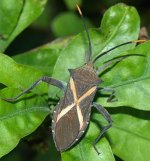greykangaroo
Well-known member

SLATERS IN THE GARDEN
Slaters are crustaceans and are related to crabs, lobsters and prawns. They are one of only two groups of crustaceans that left the water on a permanent basis and still need some moisture to survive. They have changed very little since they first moved on to land.
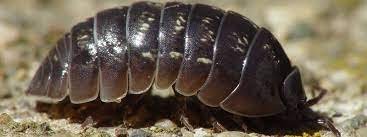
To me they seem like little armadillos of South America.
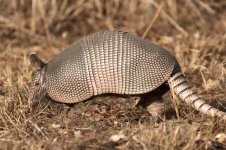
An unusual thing is happening in the gardens in Perth Western Australia.
It seemed forever that we had slater bugs everywhere in the garden. Turn over any rock, pot or brick and there was a swarm underneath.
Until now. All the slaters have gone for no reason.
They say that slaters need moisture to survive and a lot of it. Our climate is drying but we still have our sprinklers and hoses to water.
Why did they die out? It is a mystery.
Meanwhile, over in the Queensland outback, an incredible event of nature has been recorded. Billions of slaters heading off somewhere no one can imagine. This is semi-desert country and I couldn't imagine slaters being there in the first place, let alone in their billions.
See the photos below of this phenomenon of nature
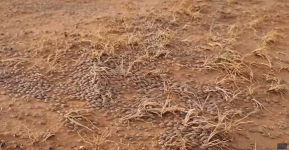
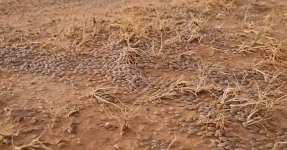
Slaters are crustaceans and are related to crabs, lobsters and prawns. They are one of only two groups of crustaceans that left the water on a permanent basis and still need some moisture to survive. They have changed very little since they first moved on to land.

To me they seem like little armadillos of South America.

An unusual thing is happening in the gardens in Perth Western Australia.
It seemed forever that we had slater bugs everywhere in the garden. Turn over any rock, pot or brick and there was a swarm underneath.
Until now. All the slaters have gone for no reason.
They say that slaters need moisture to survive and a lot of it. Our climate is drying but we still have our sprinklers and hoses to water.
Why did they die out? It is a mystery.
Meanwhile, over in the Queensland outback, an incredible event of nature has been recorded. Billions of slaters heading off somewhere no one can imagine. This is semi-desert country and I couldn't imagine slaters being there in the first place, let alone in their billions.
See the photos below of this phenomenon of nature








